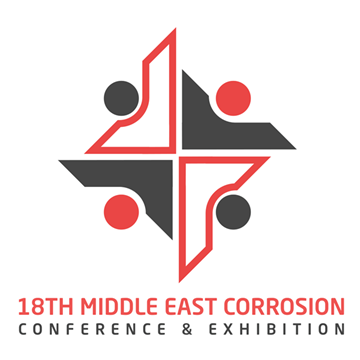Search
Products tagged with 'polymers'
View as
Sort by
Display
per page
NACE Publication 6G197/SSPC-TU 2-1997, Design, Installation, and Maintenance of Coating Systems for Concrete Used in Secondary Containment
Product Number:
24193-SG
ISBN:
6G197 Coating S
$109.00
Novel Isocyanate-Free Resins for 1- and 2K Protective Coatings
Product Number:
51219-193-SG
Publication Date:
2019
$20.00
Raman and FT-IR Based Methodology Development to Assess Flexible Pipelines Pressure Barrier Degradation in Offshore Installations of the Oil and Gas Industry
Product Number:
51323-18997-SG
Publication Date:
2023
$20.00
Sol-Rec2: Recycle of Multicomponent, Multilayer Systems towards Sustainable Waste Management
Product Number:
51324-20837-SG
Publication Date:
2024
$40.00
Surface Prof le Effects: What We Know/What We Don’t Know/What We Should Know
Product Number:
51217-067-SG
Publication Date:
2017
$20.00
TM0196-HD1996-SG Chemical Resistance of Polymeric Materials by Periodic Evaluation-HD1996
Product Number:
21226-HD1996
ISBN:
1-57590-009-2
Publication Date:
1996
$179.00
Toward Objective Evaluation Of FRP Corrosion Barrier Condition
Product Number:
51322-17669-SG
Publication Date:
2022
$20.00
Use of Nonmetallic Materials to Improve Construction Productivity and Sustainability of Infrastructure
Product Number:
MECC23-20037-SG
Publication Date:
2023
$20.00
Utilizing Polymer Technology to Avoid Moisture Problems
Product Number:
41206-237-SG
Publication Date:
2006
$20.00
Water Treatment Dosage Control and Relationship to Performance
Product Number:
51395-95260-SG
Publication Date:
1995
$20.00











